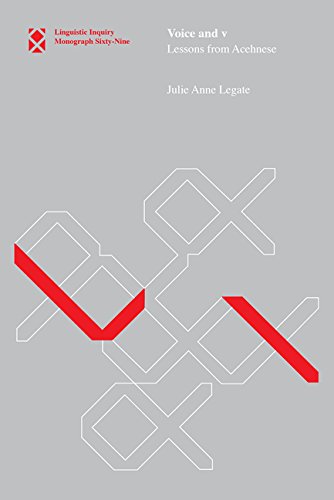

Most ebook files are in PDF format, so you can easily read them using various software such as Foxit Reader or directly on the Google Chrome browser.
Some ebook files are released by publishers in other formats such as .awz, .mobi, .epub, .fb2, etc. You may need to install specific software to read these formats on mobile/PC, such as Calibre.
Please read the tutorial at this link: https://ebookbell.com/faq
We offer FREE conversion to the popular formats you request; however, this may take some time. Therefore, right after payment, please email us, and we will try to provide the service as quickly as possible.
For some exceptional file formats or broken links (if any), please refrain from opening any disputes. Instead, email us first, and we will try to assist within a maximum of 6 hours.
EbookBell Team

4.1
100 reviewsIn Voice and v, Julie Anne Legate investigates the syntactic structure of voice, using Acehnese as the empirical starting point. A central claim is that voice is encoded in a functional projection, VoiceP, which is distinct from, and higher than, vP. Legate further claims that VoiceP may be associated with phi-features that semantically restrict the external argument position but do not saturate it. Through minor variations in the properties of VoiceP, Legate explains a wide range of non-canonical voice constructions, including: agent-agreeing passives, grammatical object passives, impersonals, object voice constructions, and applicative voice in causatives. Her analysis draws on data from a typologically diverse set of languages, not only Malayo-Polynesian, but also Celtic, Scandinavian, and Slavic.
Voice and v provides a detailed investigation into the syntactic structure of an understudied Malayo-Polynesian language, and thereby reveals important insights for the theoretical analysis of voice and the verb phrase. Moreover, the work applies and broadens these insights to a range of related passive-like constructions crosslinguistically. Voice and v thus joins a handful of model volumes that enlist typological depth and breadth to further our development of modern linguistic theory.